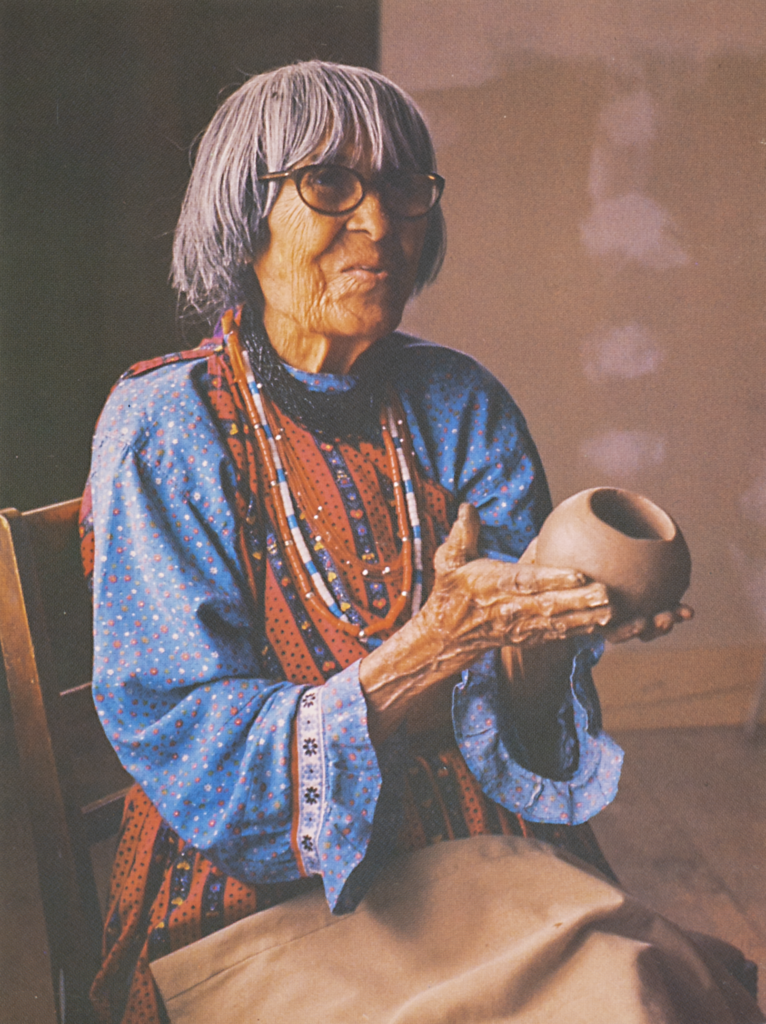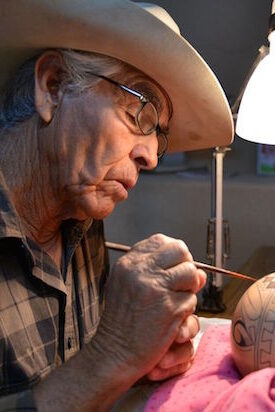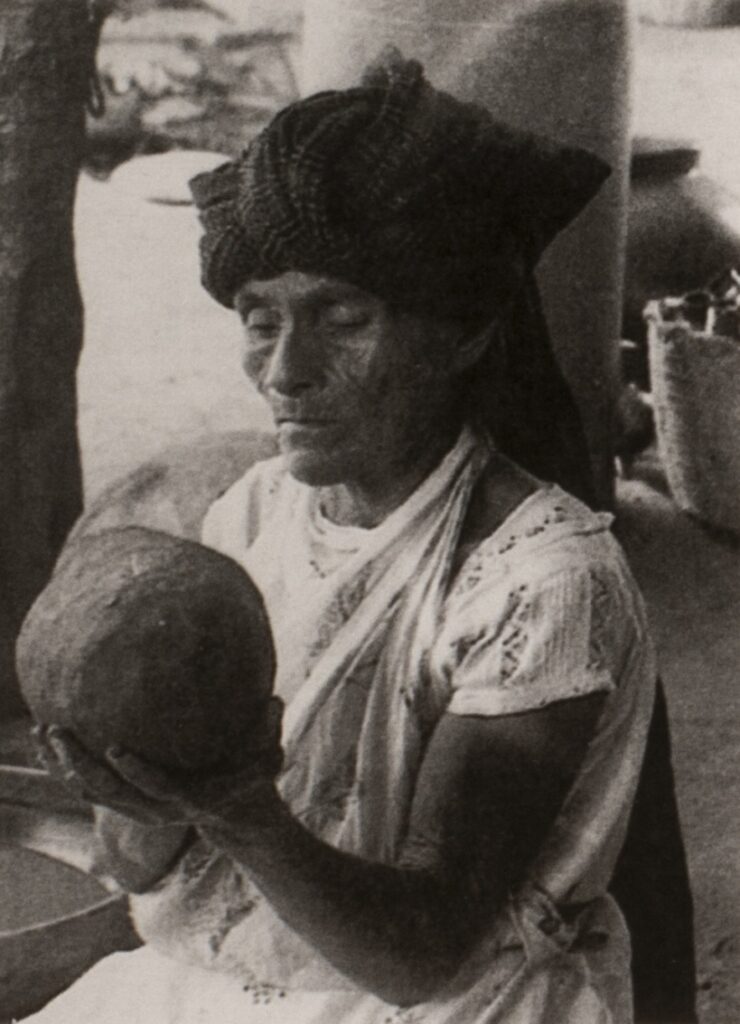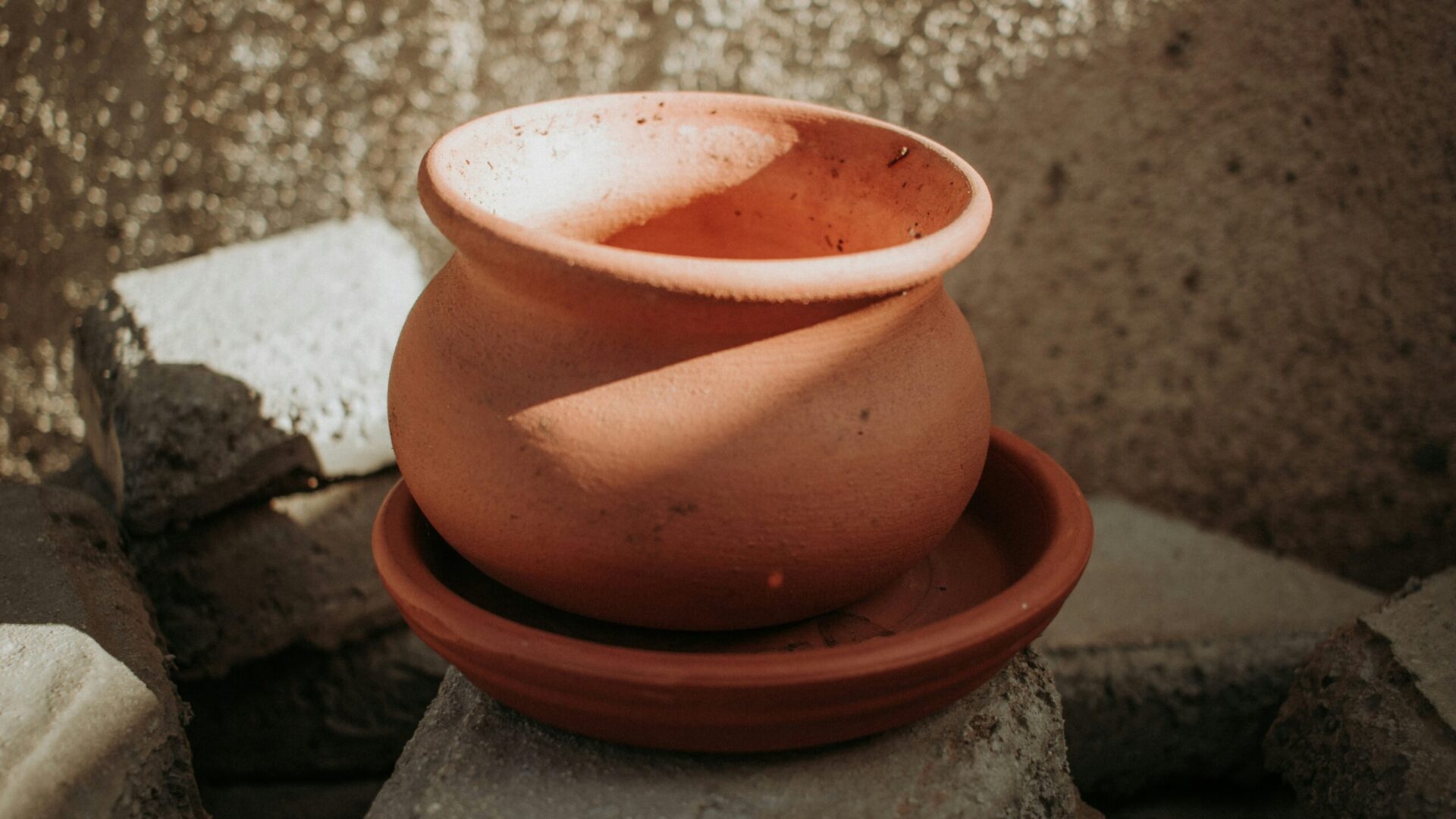A real sense of community thrives from working alongside one another on equal terms. Community creates a sense of belonging. Clay creates these equal forms of interaction and at the same time has links to cultural tradition. Whatever, their age, background, culture, or ability, clay is readily shaped by everyone. Those who have made their mark on clay and continue to do so imprint a shared cultural memory. It is important to mention that as these artists received international recognition and praise, it is counterproductive to tease them out as individuals who practiced and innovated in isolation. Their practice was and continues to be about the community and collectivity. To practice clay is to take part in communal storytelling to the extent that it shows how many of our stories cut across age, geography, gender, and tell a shared story of injustice and prejudice; therefore it can also be understood as a collective archive.



All three of their practices, their traditions, and legacy remains rooted in community. Everyone around them learns the craft and benefits from it, be it by their teaching or not. The inherent ties to land and community are reproduced over and over by the families that continue to practice the craft. Juan Quezada, Doña Rosa and Maria Martinez, preserved a piece of history, but they did not encapsulate it in time, they created a foundation for the future with it.

Sources:
“Common Values: How Clay Can Play a Part in Building Communities – Clayground Collective.” n.d. Accessed April 26, 2024. http://www.claygroundcollective.org/common-values-how-clay-can-play-a-part-in-building-communities/.
